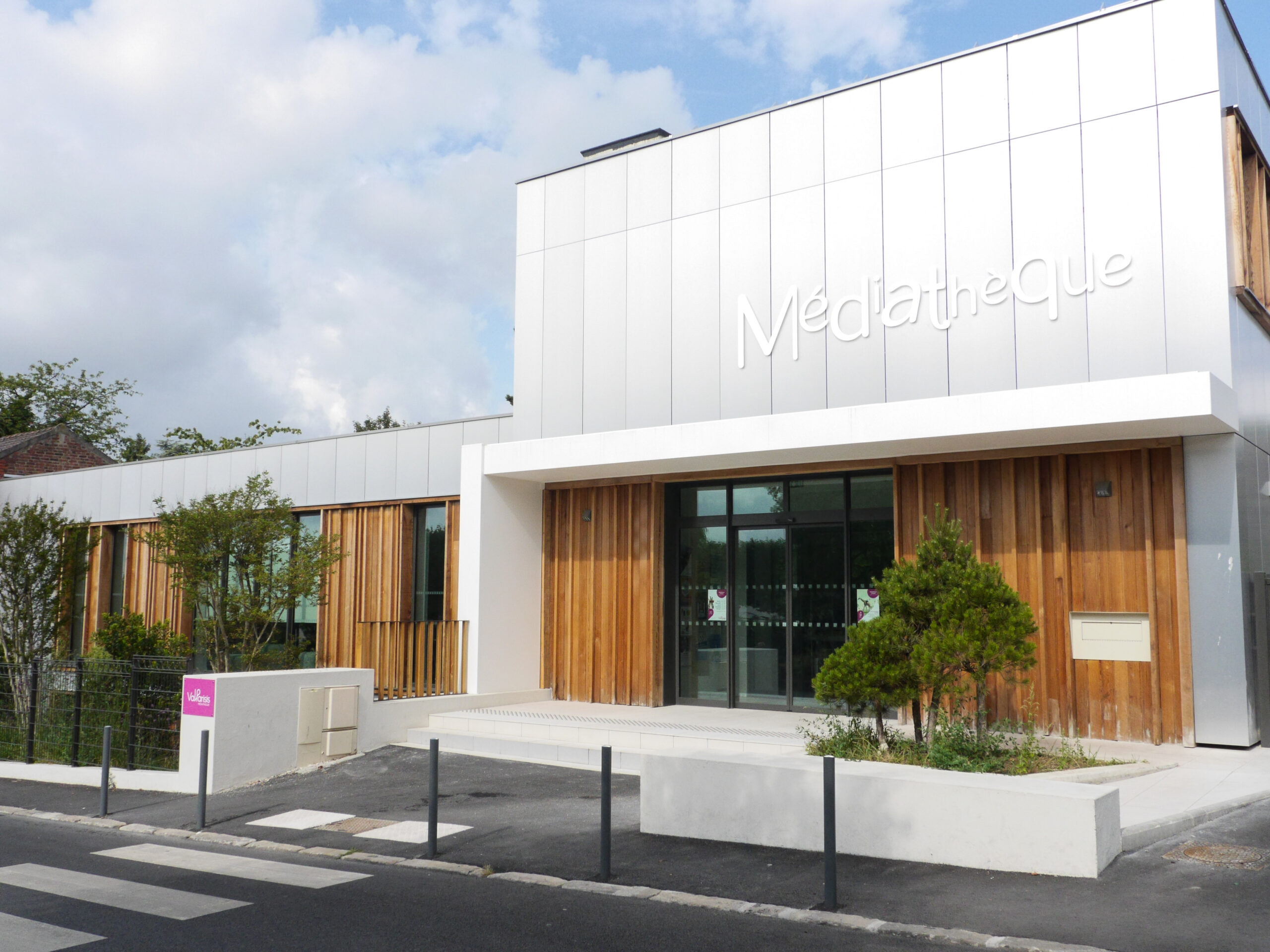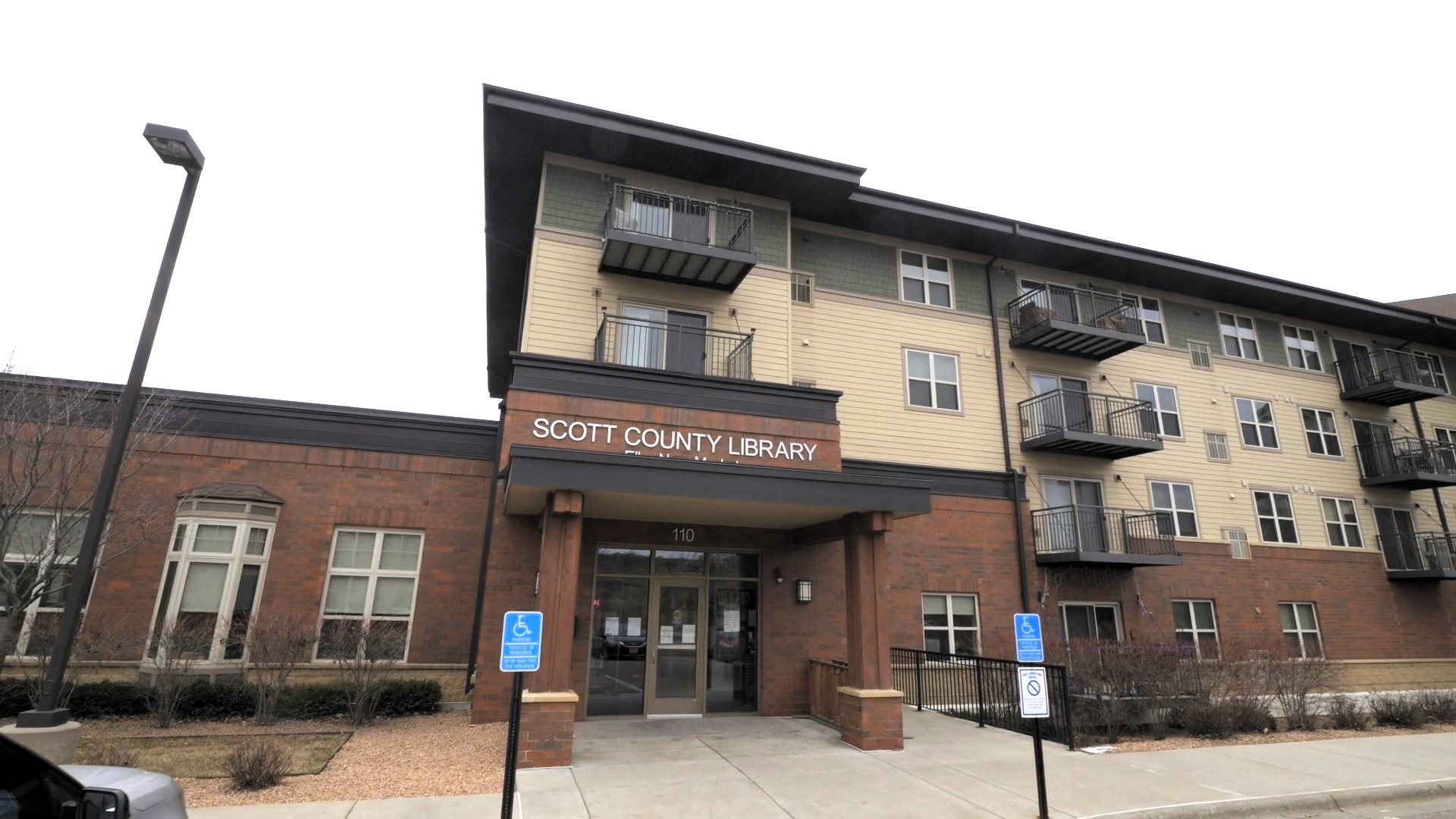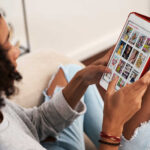It is no secret that libraries’ physical circulation is falling year over year. The digital revolution has put access to titles right into readers’ pockets. According to a recent study by Pew Research Center, 76% of library patrons are also smartphone users.
When library use declines, funding becomes less of a priority, and beloved community branches take a hit. Britain, which has closed nearly 800 libraries since 2010, provides a cautionary tale about the fate of underutilized libraries. The challenge of getting users into libraries when competing with corporate powerhouses like Amazon, Netflix, and other streaming services has many forward-thinking libraries pivoting from a traditional service model focused primarily on lending books to one focused on providing lifelong learning opportunities for their communities through relevant programing, services, and events.
According to the latest report available from the Institute of Museum and Library Services (IMLS), the number of programs offered at libraries between 2006-2016, increased by 48%. The attendance at these events is also growing, though at a slower rate. The same report shows a 35% increase in attendance from 2009-2016.
+ 48%
Increase in programs offered from 2006-2016
+ 35%
Increase in program attendance 2009-2016
The Pew Research Center research found attendance would likely be even higher if users only knew what the library offered. Nearly half of the people surveyed did not know that their libraries provided important educational programs and services. A stunning 38% of people didn’t know their library offered digital lending, though 90% of public libraries do.
How can this be when library bulletin boards are bursting with fliers promoting these very services? The effort and resources put into providing high-quality programming are tremendous. What more can libraries do to maximize attendance at these events, increase library usage, and integrate the library experience into users’ everyday lives?
The Rule of Seven
Research shows that people need to be exposed to something seven times before they take action. For traditional library marketing efforts to succeed, users would need to not only read library bulletin boards (a rare occurrence in itself), but stop and read about the same program, or hear about it from staff, SEVEN times.
Many library directors feel that staff interaction drives the most awareness of library offerings. While librarians are beloved, and it is certainly true that many users consider chatting with staff a key part of a library visit, the truth is that digital trends are changing the way users interact and consume information.
The latest consumer studies show that 73% of people prefer self-service technology. If libraries are relying on word-of-mouth promotions from staff, they are missing the majority of their audience entirely. For a medium-sized library that handles even 60-80% of its 750,000 annual circulation through self-checkout, this oversight might translate to 150,000 – 200,000 missed opportunities to promote the very programming that has been shown to keep users coming back. If even 10% of those overlooked users attended a library event, it would boost overall attendance by 15,000 – 20,000! These numbers show there is a significant opportunity being overlooked to communicate with self-service users.
Embrace Technology to Drive Engagement
The war is over; the smartphone has won. The age of apps has drastically changed the way people interact with the world – especially now! People use apps to find information, order groceries, purchase tickets, book appointments, read magazines, and even exercise. A Google study shows that the average smartphone user has 35 apps on their phone, and 20% have over 50. This is especially true for people between the ages of 18 and 34. Typically, parents coming to the library with their young children for story time are the most avid users of mobile technology.
The smartphone has driven a dramatic change in consumer behavior. User expectations are on the rise. People value convenience and will continue to want their in-person and digital lives to seamlessly blend. Since 76% of library users are smartphone users, are you sure your library is doing all it can to meet this expectation?
Meet your audience where they are
With easy-to-use self-service software and a handy companion app, libraries can easily capture those lost opportunities. By promoting services, programs, and even new titles right at checkout, you can expose users to everything your library has to offer. They can even email or print upcoming program and event details for safe keeping.
A companion app extends this modern, intuitive library experience beyond the selfCheck into user’s homes and pockets. Library events appear in the app, offering digital users an opportunity to take advantage of physical events they might otherwise have missed. Far from “just another app,” cloudLibrary offers features that make each library visit easier and more engaging – interactive check-out receipts, the ability to sort and save favorite titles, a handy bookbag packing list, mobile checkout; as well as library notifications and messages.
Adjusting to new realities
In January 2019, 73% of consumers preferred retail self-service technologies. Following the start of the COVID-19 pandemic, 87% of grocery shoppers say they would prefer to shop in stores with touchless or robust self-checkout options.
In this time of heightened awareness about touching public surfaces, there will be new realities to adapt to when libraries reopen. People are taking precautions to protect themselves and their families and will continue to do so as waves of this pandemic could occur. Just as people look for touch-free shopping experiences inside grocery stores, library self-service promotes the health and safety of both users and staff.
Bibliotheca selfChecks eliminate avoidable human interaction and can easily be configured for a completely touchless experience. Additionally, users can borrow materials directly from their own mobile devices with cloudLibrary checkout.
New digital borrowers were born during this pandemic. Libraries have been forced to promote their digital collections more than ever. They shouldn’t expect digital demand to diminish when libraries open back up. As the economy enters a recession, more people will turn to library services at the same time library budgets will be challenged.
This combination will require libraries to think outside the box, ensure they communicate their value to their community, and invest in sustainable resources for their users.
With a unique and powerful algorithm, cloudLibrary allows libraries to share their digital collections, maximize their budgets and offer the broadest and most desirable content possible. If you’re offering eBooks and eAudiobooks now, and your users experience lengthy hold times to get what they’re looking for, Bibliotheca can help.
However, physical books and the in-library experience are not going away. People crave human connection and we will get past these strange times where communication and consumption in the digital space is the best way to safely interact.
Looking forward, people will expect their digital and physical lives to blend more seamlessly than ever before. Bibliotheca is the only company that extends a modern, intuitive physical and digital experience to the smartphone, blending digital titles with physical activity and sprinkling in the promotion of programs, events, and library communications on top.
We are invested in helping create the best library self-service experience, whether that’s from someone’s couch or within your inspiring spaces. Our team is here to help and happy to schedule one-on-one demos to go through a range of features people will expect moving forward!
You may also like
Insights + Trends

Park Ridge Public Library: Improving the Patron Experience with RFID Technology
RFID technology has positively impacted Park Ridge Public Library—from streamlining checkout processes to adding new programs.

Val Parisis Media Library: A Metamorphosis with open+
Explore how Bibliotheca’s open+ technology is transforming library services in the Val Parisis area in France by extending operational hours and enhancing accessibility without additional staff.

Scott County Library: Transforming access with open+
Boosting Access: Scott County Libraries Extend Hours and Services for Community


